Havana Brown Cat
Havana Brown Cat
America’s Sleek and Curious Feline
1. Introduction to the Breed
The Havana Brown, securing the #43 spot among the top cat breeds owned by Americans in 2024, is a sleek and curious feline renowned for its rich, chocolate-brown coat and vibrant green eyes. Known for their playful, people-oriented nature, Havana Browns are ideal for owners seeking an interactive, affectionate companion. Their glossy fur and engaging personality make them perfect for lively households, from urban apartments to suburban homes, where their charm and curiosity bring warmth and excitement.
2. History of the Breed
Developed in the United Kingdom in the 1950s, the Havana Brown was created by crossing Siamese with domestic black cats and Russian Blues to produce a breed with a warm, mahogany coat and Siamese-like elegance. Named for its resemblance to Havana cigars, the breed was imported to the United States in the 1950s and refined for its distinctive look and temperament. Recognized by the Cat Fanciers’ Association (CFA) in 1964, Havana Browns gained popularity for their beauty in cat shows and as family pets, their unique origin adding to their allure.
Fun Facts
- Cigar Inspiration: The Havana Brown’s name comes from its rich, brown coat, which mirrors the color of fine Havana cigars, a nod to its elegant appearance.
- Paw Play: Havana Browns are known for using their paws to investigate objects, often tapping or picking up items with a curious, dexterous touch.
- Rare Breed: One of the rarest CFA breeds, Havana Browns are prized for their limited numbers and distinctive coat color.
- Siamese Roots: Their playful, vocal traits stem from Siamese ancestry, but their solid build and quieter demeanor set them apart.
3. Physical Characteristics
- Typical Size and Weight: Havana Browns are medium-sized, standing 8–10 inches tall at the shoulder and weighing 6–10 pounds (males) or 4–8 pounds (females), with a sleek, muscular build.
- Coat and Color: Their short, glossy coat is a rich, warm brown (often chocolate or mahogany), with a smooth, satiny texture. The coat sheds minimally and requires light grooming.
- Distinctive Features: Havana Browns have a narrow, elegant head, large, oval green eyes, and large, forward-tilted ears. Their sleek body and tapered tail enhance their refined, Siamese-like appearance.
4. Personality Traits
Havana Browns are affectionate, playful, and curious, with a social personality that makes them exceptional companions. They form strong bonds with owners, often following them around and enjoying interactive play with children or familiar pets. Their vocal nature, with soft meows or chirps, reflects their communicative spirit, though less intense than Siamese. Havana Browns are intelligent and moderately energetic, suiting active owners who can provide stimulation to prevent boredom-driven behaviors like scratching or excessive exploration.
5. Care Requirements
- Exercise Needs: Havana Browns need 30–45 minutes of daily play, including chasing toys, climbing low cat trees, or interactive games like fetch. Mental stimulation through puzzle toys or window perches keeps their curious minds engaged.
- Grooming Needs: Their short coat requires brushing once weekly to maintain shine and manage minimal shedding. Regular ear cleaning (due to large ears), nail trimming, and dental care maintain health, as they’re prone to dental issues.
- Dietary Considerations: A high-protein diet supports their muscular build and moderate energy. Portion control prevents obesity, and foods with omega fatty acids enhance their coat’s sheen. Fresh water is essential for their active lifestyle.
6. Health and Lifespan
Havana Browns have an average lifespan of 12–15 years. Common health issues include hypertrophic cardiomyopathy (HCM), dental disease, respiratory sensitivities (from Siamese lineage), and obesity. Regular vet checkups, heart and dental screenings, and a healthy lifestyle mitigate risks. Owners should monitor for dental discomfort, breathing difficulties, or weight gain and ensure a balanced diet to support overall health. Genetic testing from breeders reduces hereditary concerns, particularly for HCM.
7. Training and Socialization
Havana Browns are intelligent and trainable, excelling at tricks like “fetch” or “paw tapping” with positive reinforcement using treats or play. Their curious nature makes training engaging, though their energy requires consistent boundaries. Early socialization ensures comfort with strangers, children, and other pets, reducing wariness or territorial behavior. Teaching behaviors like using a scratching post or litter box habits is straightforward due to their quick learning. Interactive play or training prevents boredom-related mischief like excessive pawing.
8. Ideal Home Environment
Havana Browns thrive in interactive homes with secure indoor spaces, ideal for urban apartments or suburban settings where they can engage and explore. They suit families or individuals who enjoy constant interaction and play. Low cat trees, window perches, and cozy bedding satisfy their curious, energetic nature. Owners should provide a stimulating environment with toys and scratching posts to channel their energy and prevent destructive behaviors, ensuring a nurturing setting for their social nature.
9. What’s the Best Toy for My Havana Brown?
Havana Browns enjoy toys that suit their playful, curious nature and muscular build. Lightweight feather wands encourage chasing and pouncing, providing 15–20 minutes of interactive play to satisfy their hunting instincts. Small, durable balls for batting or fetching tap into their energetic spirit, ideal for 15–20 minute sessions in a secure space. Soft plush toys for wrestling mimic prey, perfect for 10–15 minute play bursts, with supervision to prevent tearing. Interactive puzzle toys with treat compartments engage their intelligence, keeping them occupied indoors for 15–20 minutes. Avoid small, easily swallowed toys to prevent choking. Rotate toys regularly and pair with fetch or chasing games for engagement.
10. Adoption and Breeder Tips
Choose breeders affiliated with the CFA or Havana Brown breed clubs, ensuring health clearances for heart (HCM), dental, and respiratory conditions. Visit the breeder to assess kitten health, meet parents for temperament insights, and confirm ethical practices, including socialization and clean facilities. Rescues like Havana Brown-specific organizations or local shelters offer adoptable cats, often with known histories. Avoid unregulated breeders or pet stores, as Havana Browns are prone to health issues if poorly bred. Ask about genetic testing, socialization, and activity needs to ensure a healthy, well-adjusted cat.
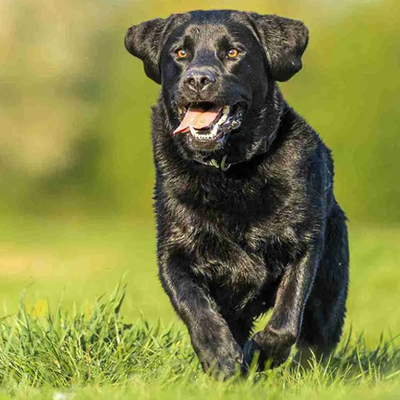
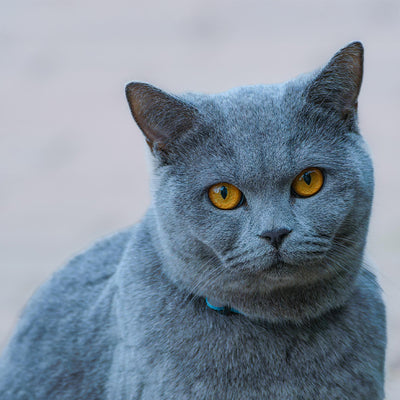
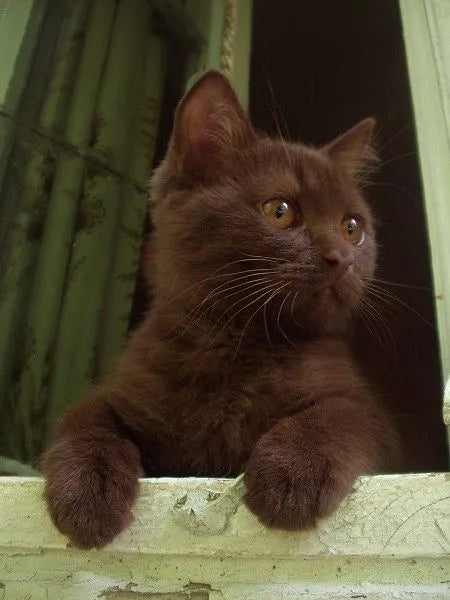
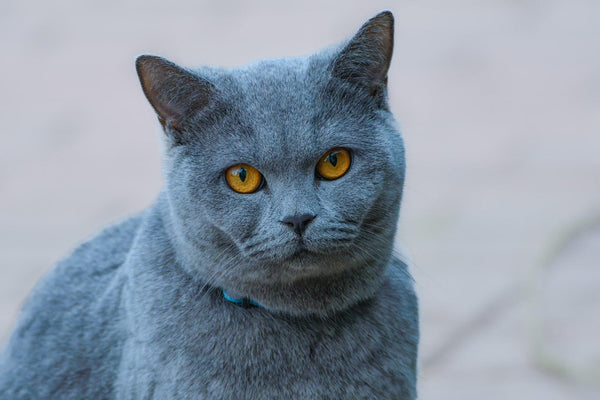
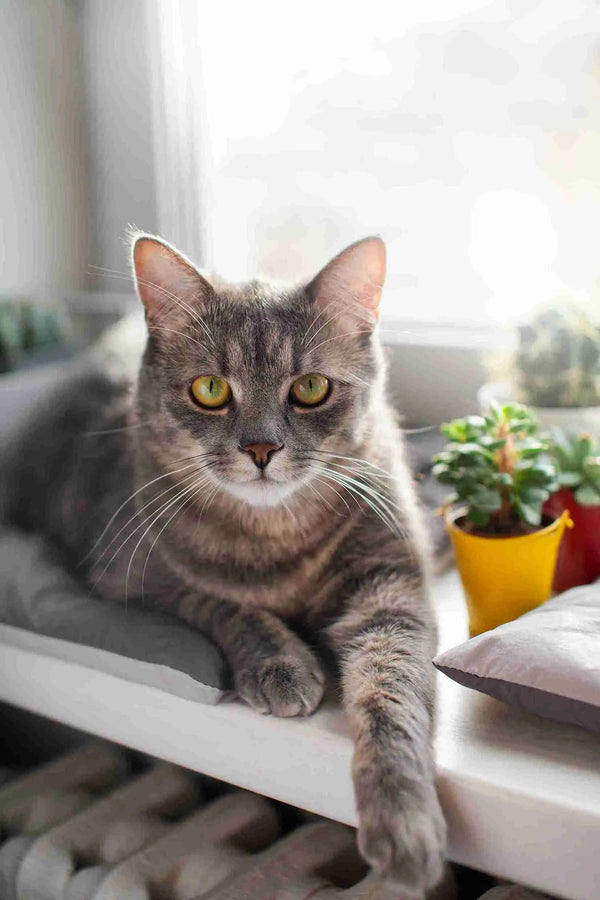
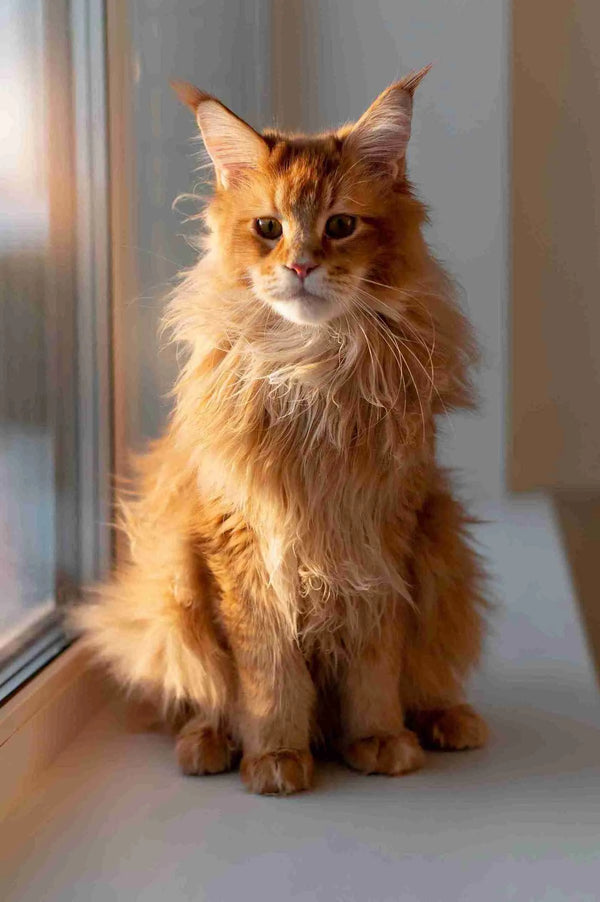
0 comments